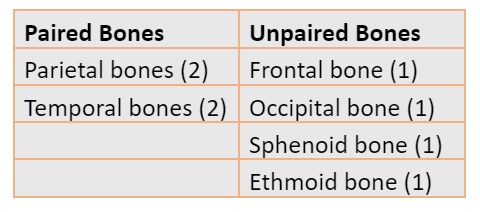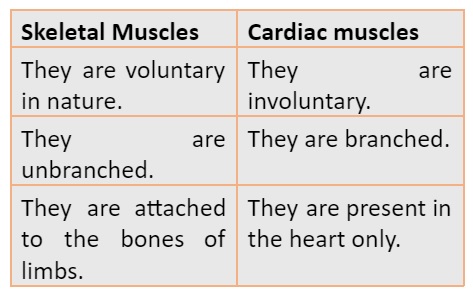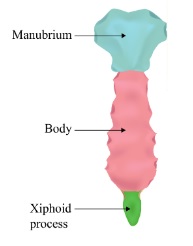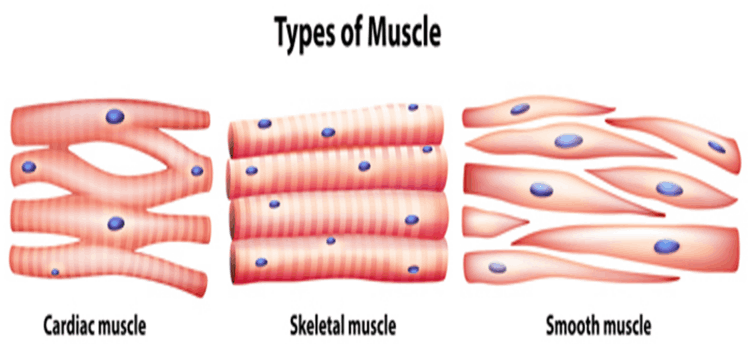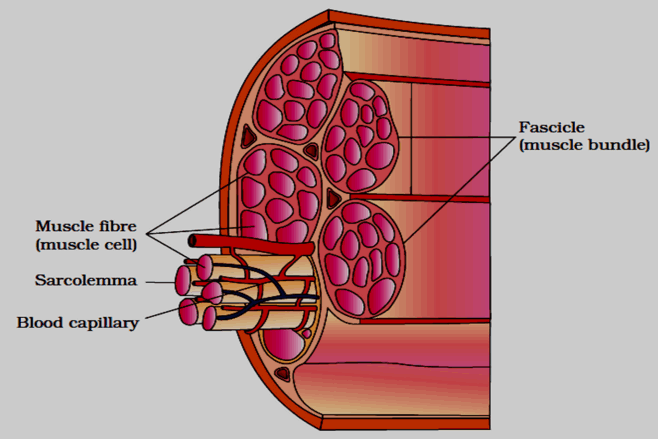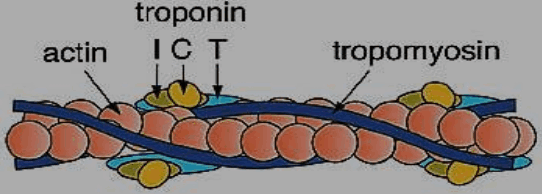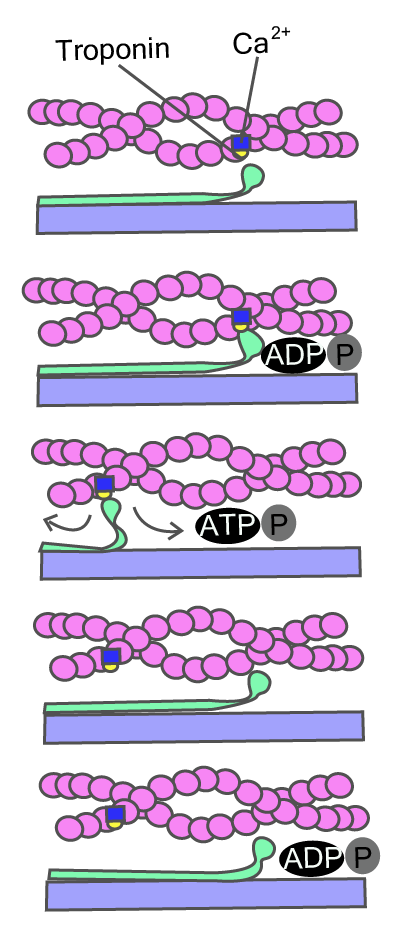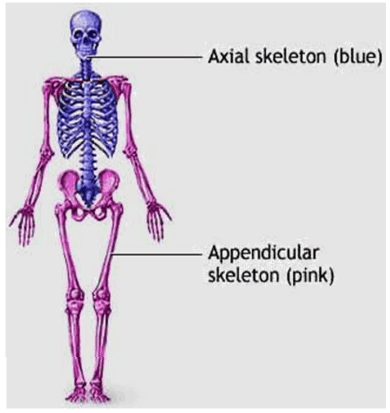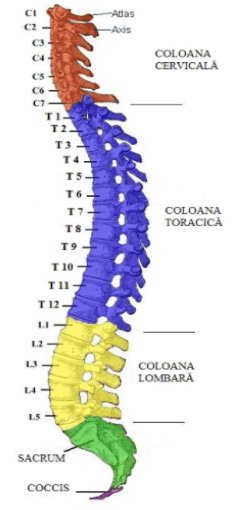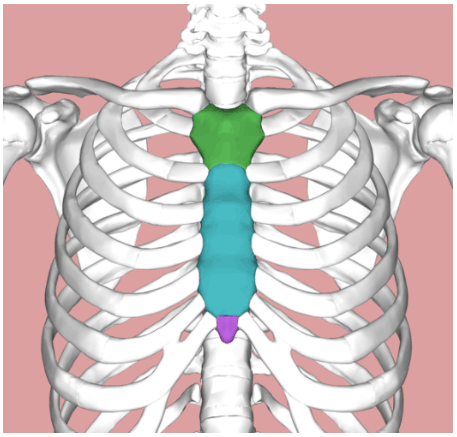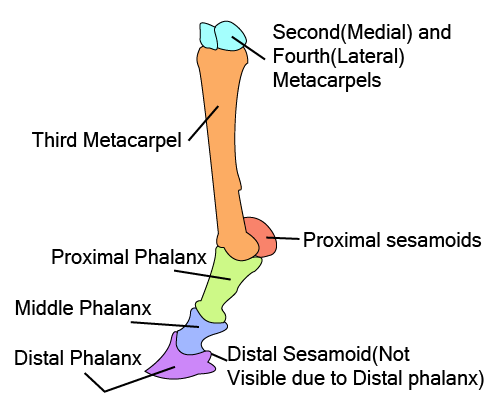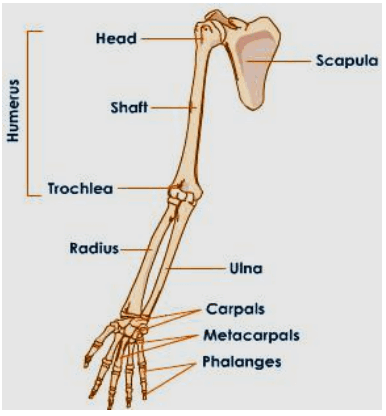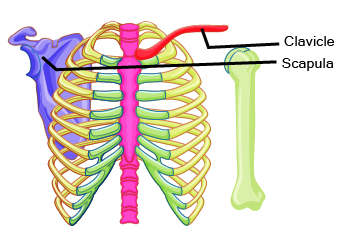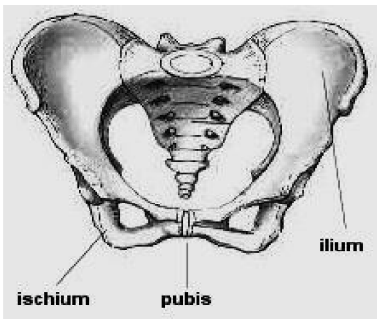Biology Notes for Chapter 17 Locomotion And Movement Class 11 - FREE PDF Download
FAQs on Locomotion And Movement Class 11 Biology Chapter 17 CBSE Notes - 2025-26
1. What are the key concepts summarised in the Locomotion and Movement Class 11 Revision Notes?
The Locomotion and Movement Class 11 Notes provide concise summaries of mechanisms of movement, types of muscles, human skeletal system, mechanism of muscle contraction, structure and function of joints, and common disorders such as arthritis and muscular dystrophy. These notes are structured for quick revision of all important NCERT and CBSE syllabus points.
2. How do revision notes help students prepare effectively for Class 11 Biology exams?
Revision notes are designed to help you quickly revisit essential concepts, organise your study sessions, and reinforce learning. They highlight key terms, provide chapter summaries, and include diagrams or tables for easy recall, which improves both speed and retention during exams.
3. What is the difference between isotropic and anisotropic bands as explained in the chapter notes?
Isotropic (I) bands in muscle fibers are the lighter regions containing actin filaments, while anisotropic (A) bands are the darker bands containing myosin filaments. This structural arrangement helps in understanding skeletal muscle contraction as described in the revision notes for Class 11 Biology.
4. Which types of movement are highlighted in the Class 11 Locomotion and Movement revision notes?
The main types of movement summarised are:
- Amoeboid movement (seen in white blood cells and amoeba)
- Ciliary movement (in respiratory tract and reproductive organs)
- Muscular movement (in body muscles such as limbs and tongue)
- Flagellar movement (in sperm cells)
5. How do revision notes summarise the structure of the human skeletal system?
The notes provide a summary of the axial skeleton (skull, vertebral column, ribs, sternum) and appendicular skeleton (bones of limbs and girdles), emphasising bone types, main functions, and joint classification for efficient last-minute study.
6. What is the sliding filament theory, and why is it important for quick revision?
The sliding filament theory explains the mechanism of muscle contraction: actin and myosin filaments slide past each other, powered by ATP and regulated by calcium ions. Knowing this process helps in understanding muscle movement questions frequently asked in CBSE Class 11 Biology exams.
7. Which disorders are concisely included in the Locomotion and Movement Class 11 revision notes?
The notes summarise important disorders, including:
- Arthritis – inflammation of joints
- Muscular dystrophy – progressive muscle weakness
- Osteoporosis – loss of bone density
- Gout – uric acid crystal accumulation in joints
- Myasthenia gravis – neuromuscular weakness
8. How are diagrams and labelled structures incorporated in revision notes for this chapter?
Revision notes for Class 11 Locomotion and Movement often include labelled diagrams of sarcomere, actin-myosin filaments, human skeleton, and joint types to enhance visual learning and support quick, effective recall before exams.
9. What are some effective revision tips specific to this chapter according to the notes?
Recommended revision strategies include:
- Drawing and practising diagrams of muscle structure and joints
- Making concept maps of different types of movement and muscle fibers
- Using flashcards for key terms and differences
- Regularly reviewing summaries for each topic
10. Why is it important to distinguish between movement and locomotion in Class 11 Biology revision?
Understanding the difference is essential because movement refers to any change in position of an organism or its body parts, while locomotion involves movement resulting in a change of location. This distinction is frequently tested and forms a basis for understanding higher concepts in physiology and animal behaviour.
11. In what ways do Class 11 Locomotion and Movement revision notes connect to real-life applications?
The notes relate concepts like muscle contraction and joint health to everyday activities such as sports, injury treatment, physiotherapy, and understanding movement-related disorders, making the subject relevant beyond exam preparation.
12. How should students use the Locomotion and Movement revision notes for last-minute exam revision?
Students should focus on key concepts, practice labelling diagrams, clarify differences and definitions, and quickly review highlighted points or summaries. Using the notes strategically in the final days before exams ensures better retention and confidence in attempting CBSE questions from Chapter 17.


























